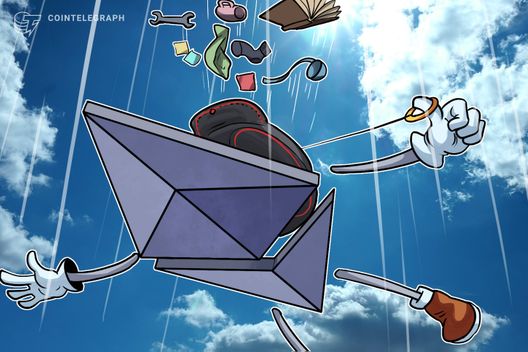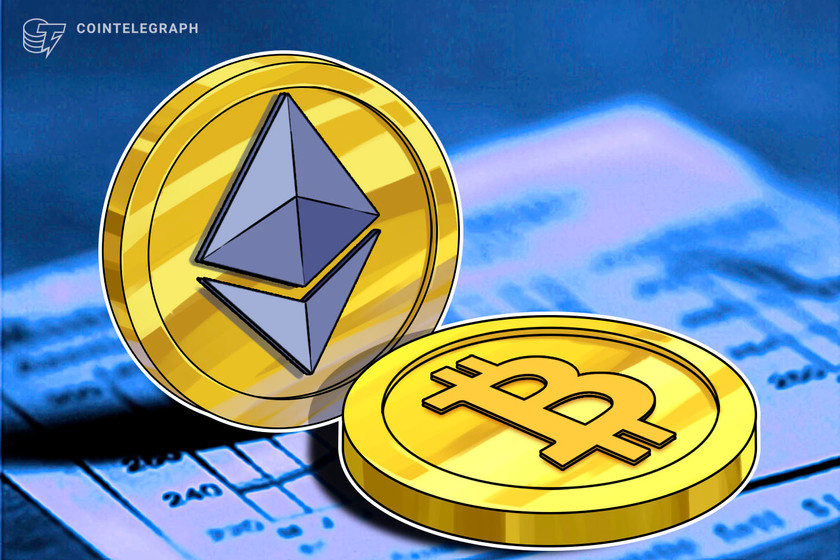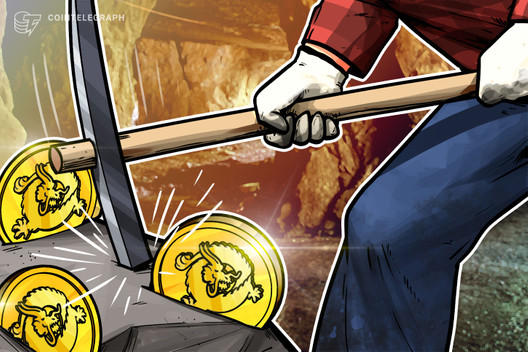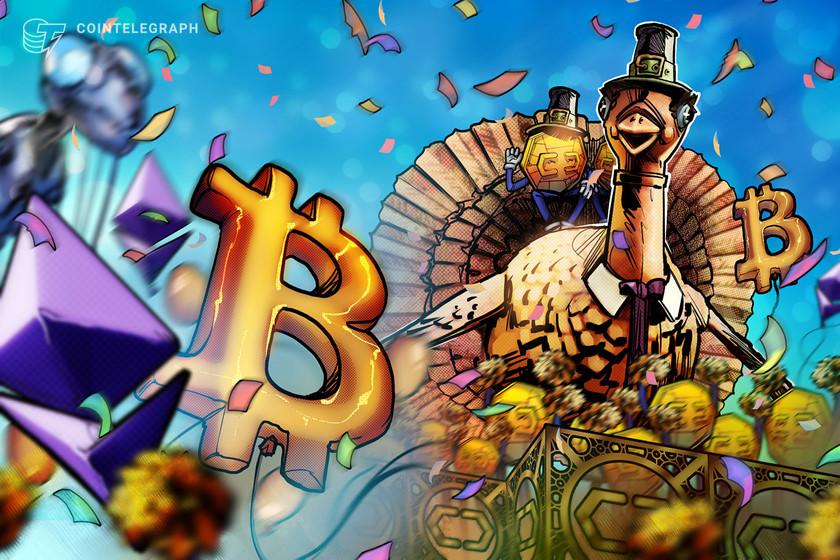Which NFT collection has been the most profitable?
When calculating the return of an NFT collection, most analysts calculate the average return. For example, the first CryptoKitties were sold in December 2017 for an average price of $3.24 each. On the first day, 105 CryptoKitties were created, and a total of $340.63 worth of Ether (ETH) was spent on those CryptoKitties by different collectors. That makes an average price of $3.24 per CryptoKitty. Currently, CryptoKitties are trading for an average price of $256.99. This equates to an average price of $256.99 per CryptoKitty and an average collection all-time return of over 7,800%.
Out of CryptoKitties, CryptoPunks and Bored Ape Yacht Club, which nonfungible token (NFT) series was the most profitable for investors since 2017? More importantly, which one was the most profitable in 2021? The Cointelegraph Research team answers this question in its 80+ page research report on NFTs.

However, the average price is considered to be an unreliable metric for estimating a collection’s value since a few sales of very expensive NFTs can skew the data. For example, the most expensive “CryptoPunk #7523 COVID Alien” created by Larva Labs sold for $11.7 million in June of 2021. That is why the CryptoPunk all-time return of over 700,000% is so high — a few CryptoPunks have sold for millions of dollars. Just a caveat, the very first CryptoPunks were actually given away for free, so technically the all-time return of CryptoPunks is infinite. For this analysis, Cointelegraph Research used the price on the first day they traded — i.e., June 23, 2017, when 19 CryptoPunks sold for a total of $1,020.3.
Download the full report here
Instead, the Canadian concept artist and Medium blogger Kimberly Parker suggests that median price is a better reflection of how much people are really paying for NFTs on the market — and, more importantly, how much artists can reasonably expect to sell their NFTs for when collectors fancy their content.
To calculate the median price of all NFT sales for a specific collection, the sales’ prices are listed in order from lowest to highest. The median is the sales price exactly in the middle.
A final metric that is often used to measure the return on investment for an NFT collection is floor price. The floor price is the lowest open sale price of an NFT within a collection on a marketplace. For example, the floor price for a Bored Ape is currently 38 ETH or approximately $125,000 on OpenSea. This means that an owner of a Bored Ape is willing to accept $125,000 for their NFT, but not lower. After Visa paid $150,000 for a CryptoPunk in August 2021, the floor price of that collection rose 280% to $425,000.
So, to answer the question, the CryptoPunks collection has had the highest return for collectors since its inception in 2017; however, Bored Ape Yacht Club, which just launched on April 30, 2021, has had the highest return for collectors year-to-date in 2021.
Launched in October, Cointelegraph Research’s NFT report covers how to value different types of NFTs and how to discover exciting NFT collections before they go mainstream. The report also sheds light on the darker sides of NFTs, including their ecological impact and lack of liquidity. The report is supported by projects, including Enjin, OneOf, Nansen, Mintable, Alien Worlds, Animoca Brands, NFT Bank, The Sandbox and Pinata.
This article is for information purposes only and represents neither investment advice nor an investment analysis or an invitation to buy or sell financial instruments. Specifically, the document does not serve as a substitute for individual investment or other advice.









